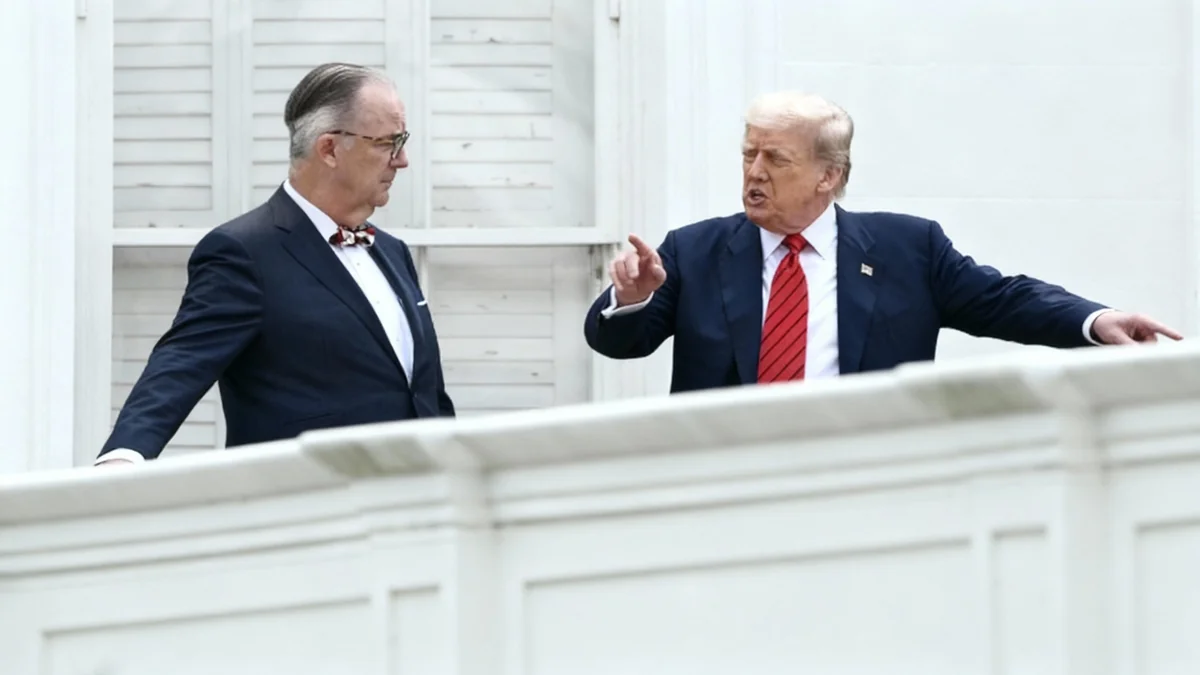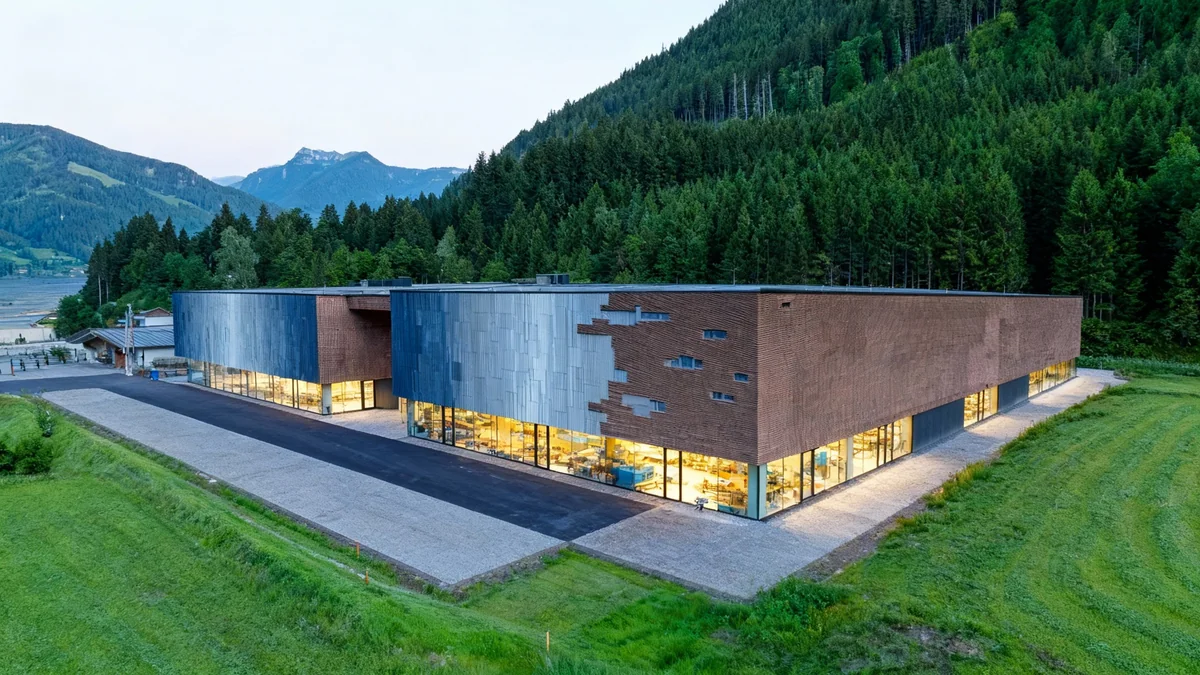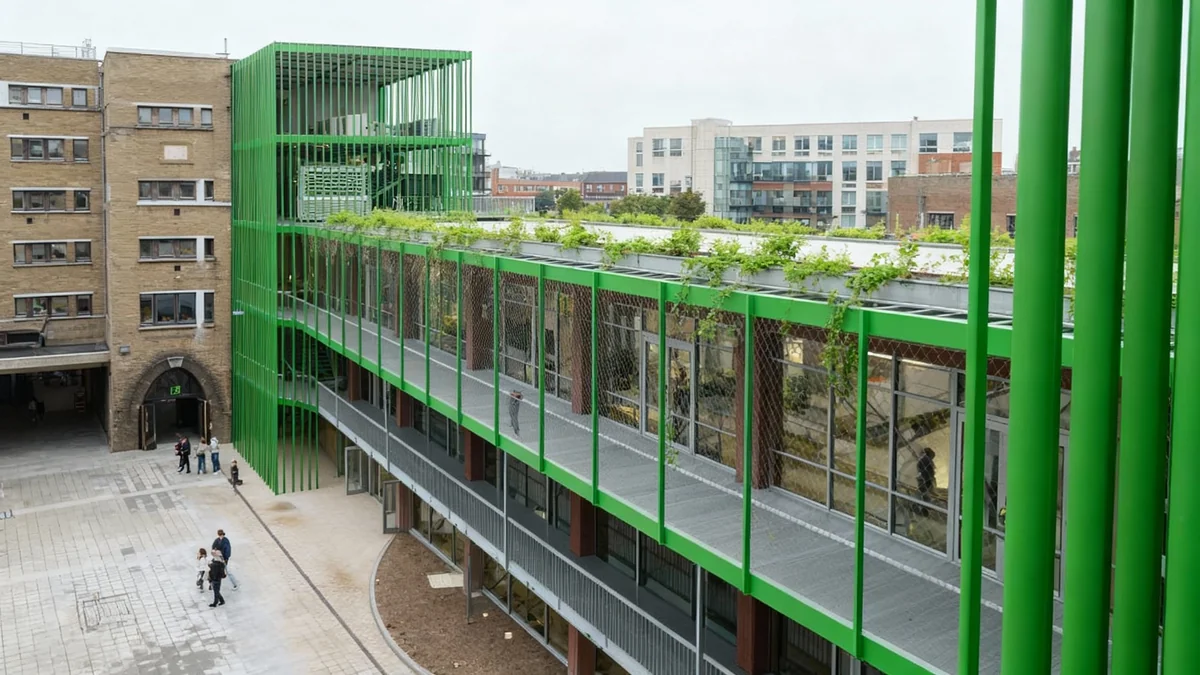A proposed $300 million ballroom at the White House has ignited a debate within architectural circles, drawing scrutiny to its lead architect, James C. McCrery II. The project, commissioned by former President Donald Trump, raises questions about classical architectural principles, historical context, and modern design relevance.
Key Takeaways
- James C. McCrery II, a former student of neoclassicist Allan Greenberg, leads the White House ballroom project.
- The proposed $300 million structure has drawn criticism for its perceived scale and stylistic approach.
- McCrery's design philosophy is rooted in a past architectural culture war between modernism and historicism.
- Critics suggest the project embodies a grandiose self-certainty rather than the anti-authoritarian values of classical architecture.
The Architect Behind the Vision
James C. McCrery II, the principal architect for the controversial White House ballroom, brings a distinct perspective to the project. He spent six formative years working under Allan Greenberg, a renowned proponent of neoclassicism. Greenberg gained significant attention at the 1980 Venice Architecture Biennale, an event themed 'The Presence of the Past,' where his designs intentionally evoked 16th-century aesthetics.
McCrery currently teaches at the Catholic University of America. His architectural practice primarily focuses on ecclesiastical buildings. While some of his past work, such as the gift shop for the US Supreme Court, has been noted for its practical, budget-conscious approach, he has also designed structures like St. Mary of Sorrows in Fairfax, Virginia, which critics praise for its thoughtful proportions.
Architectural Tidbit
Allan Greenberg's 1980 Venice Biennale exhibit, the 'Strada Novissima,' featured facades that deliberately referenced historic architecture, aiming to 'wake everyone up' from centuries of intervening architectural history.
A Return to Classicism and Past Debates
McCrery's journey into classical architecture began as a departure from modernism. He previously studied with Peter Eisenman at Ohio State University, a leading figure in deconstructivism. McCrery ultimately rejected this abstract approach, believing modernism led to what he termed "self-evident ugliness."
This ideological shift places McCrery firmly within a historical architectural conflict. The 1980s saw a stark division between late modernists, often called the "whites," and postmodern historicists, known as the "greys." McCrery's formative years were shaped by this stylistic battle. His public statements indicate he remains deeply entrenched in these debates, often presenting a simplified, oppositional view.
"One of my goals is to shock and awe . . . in a really nice way," McCrery once stated, referring to his design for the Cathedral of the Most Sacred Heart of Jesus in Knoxville, Tennessee.
The Role of Classicism in National Style
McCrery's influence extends beyond his private practice. During former President Trump's first term, he was appointed to the US Commission of Fine Arts. In this capacity, he actively promotes classicism as an official national architectural style, reinforcing its presence in public projects.
This push for classicism as a national style echoes historical precedents. The Treaty Rooms of the US Department of State, completed in 1989 by Allan Greenberg, were designed to evoke a sense of timelessness. Then-Secretary of State George Shultz sought "a place Thomas Jefferson could walk into and feel at home."
Architectural Context
The debate between modernism and historicism in architecture, prominent in the late 20th century, often overshadowed other critical concerns like sustainability and functional integration. Robert Venturi, a prominent 'grey,' emphasized "complexity and contradiction" in the built environment, advocating for designs that acknowledged multifaceted realities.
Concerns Over Scale and Intent
Initial renderings of the proposed White House ballroom have drawn significant criticism regarding its scale. Observers, including Edwin Heathcote, have described the new building as "disturbingly out of scale with the existing White House, like an ocean liner docked next to a Venetian palazzo." This imagery highlights a potential disconnect between the new addition and the historical context of its surroundings.
Critics emphasize that the issue is not with classicism itself, which many see as an appropriate choice for a presidential building. The concern lies in the apparent intent behind the design. The proposed structure seems to project a "grandiose self-certainty," which some argue runs counter to the democratic and anti-authoritarian values that classical architecture, at its best, is meant to embody.
Allan Greenberg, McCrery's former mentor, articulated this distinction in his 2006 book, Architecture of Democracy. He stated, "By clearly expressing in our architecture that ‘We, the People,’ are the government of the United States, it is possible to transcend the vain aggrandisement of presidents." This sentiment underscores a philosophical divide on how architectural grandeur should serve public representation versus individual ego.
A Culture War Revisited
McCrery's strong declarations, such as asserting that classicism represents "a commitment to truth" and that beauty is "indisputable, it is self-evident," suggest a continued adherence to the ideological battles of the past. This perspective, some argue, simplifies complex architectural philosophies and overlooks the nuanced interpretations of classical design.
The White House ballroom project appears to be rooted in this older culture war, rather than addressing contemporary architectural challenges. While classicism offers timeless principles, its application in this context seems to echo a specific historical moment in American postmodernism. The design risks perpetuating a debate that, for many, should have evolved into more constructive dialogues about sustainability, inclusivity, and adaptive reuse in architecture.
As the project develops, observers will watch to see if McCrery's design evolves to integrate more nuanced perspectives, or if it remains firmly anchored in a past architectural conflict, offering diminishing returns on its ambitious investment.




